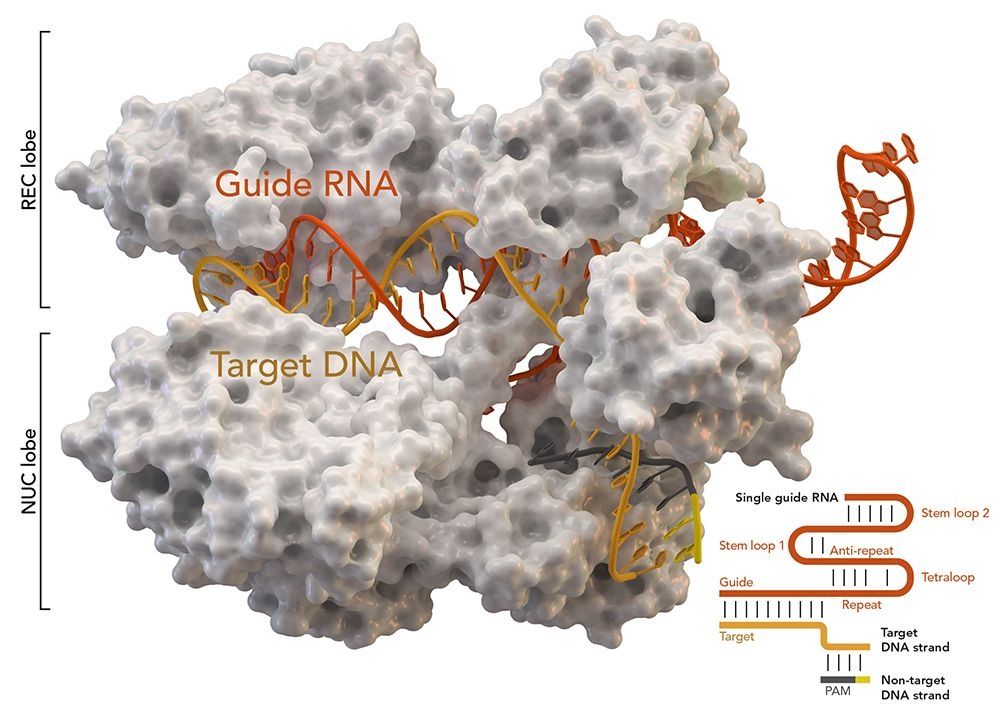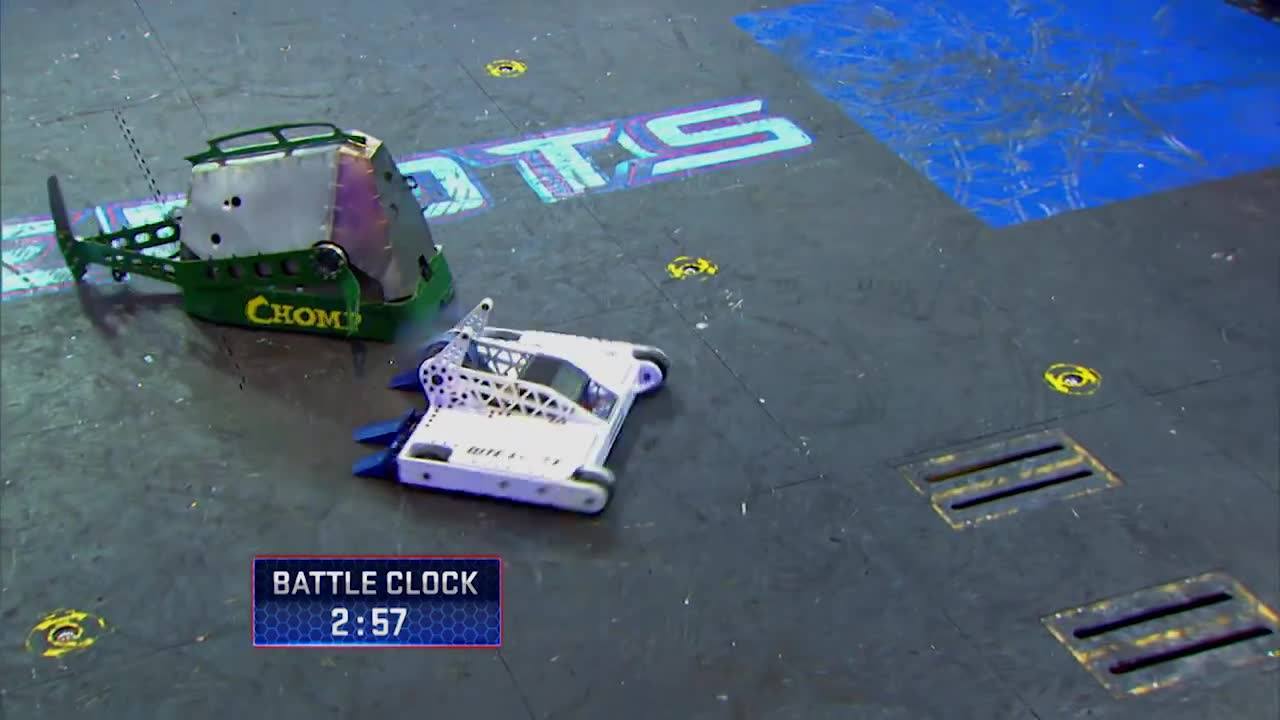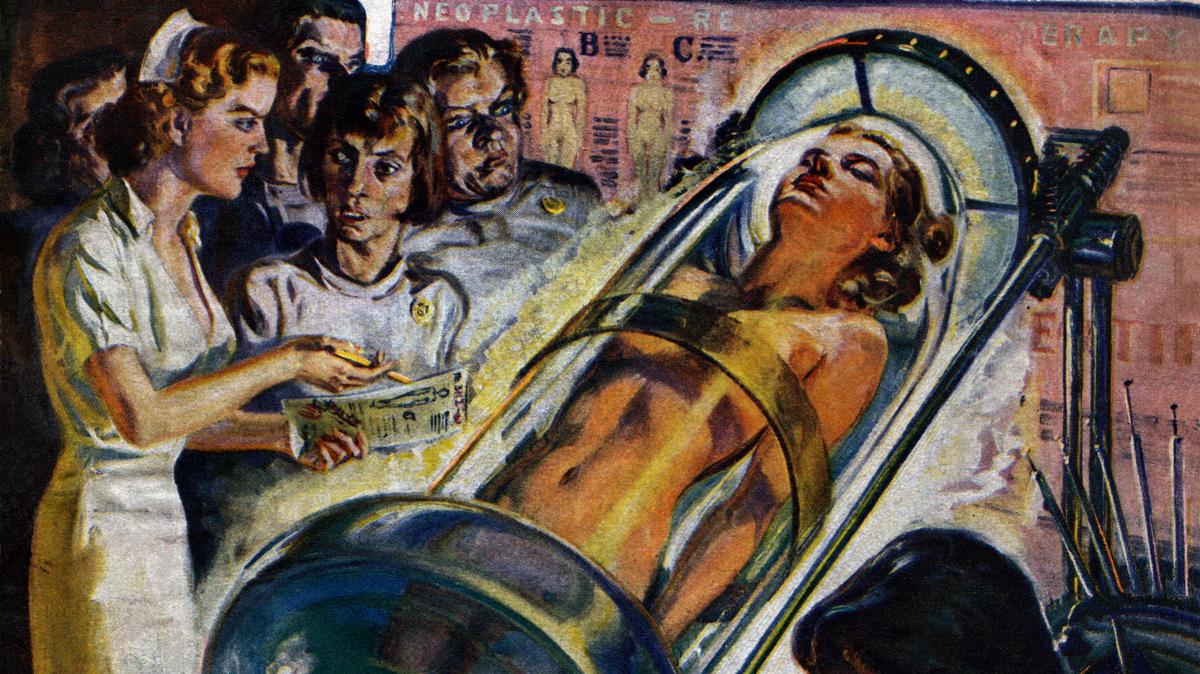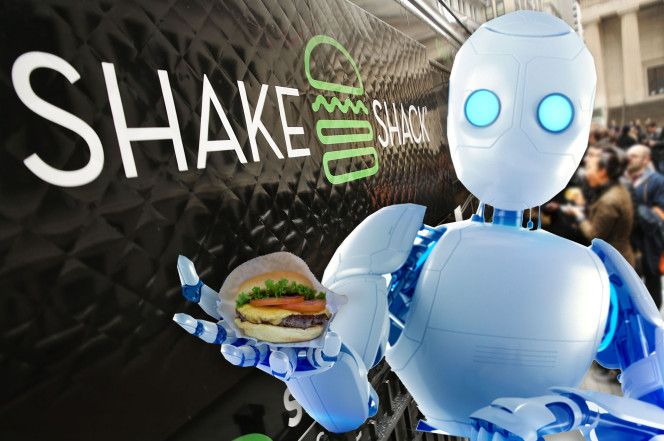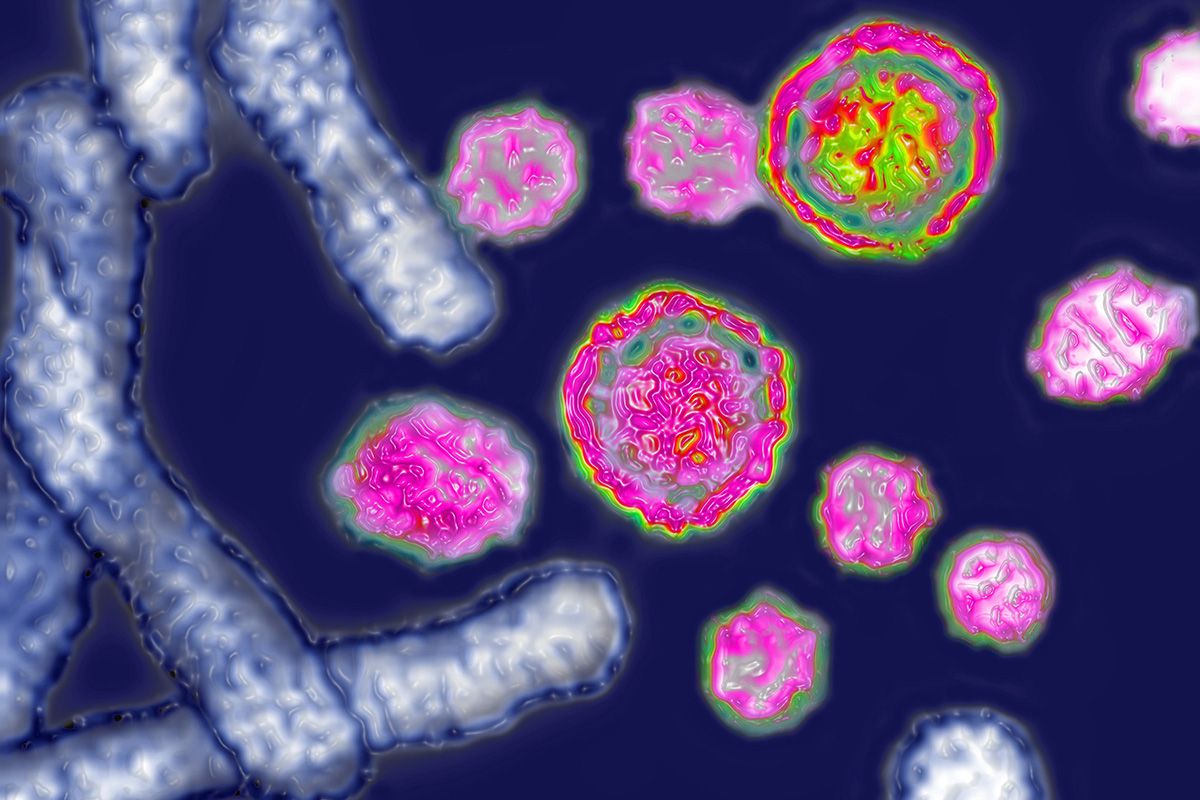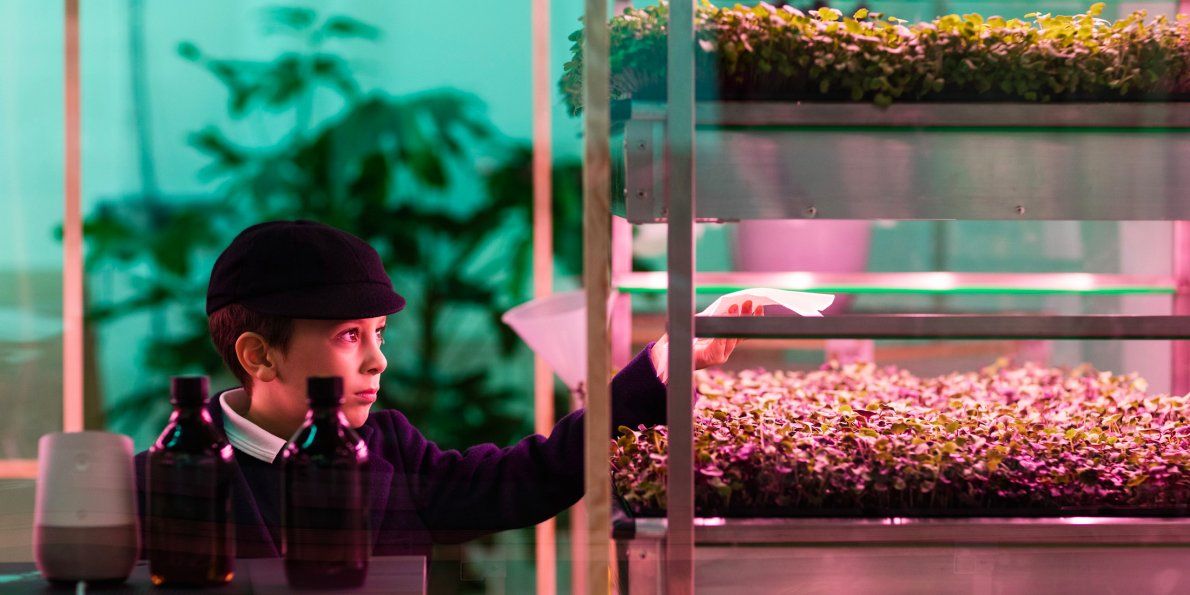Oct 3, 2017
Gold nanoparticle used to replace virus in new CRISPR approach
Posted by Shailesh Prasad in categories: bioengineering, biotech/medical, genetics, nanotechnology
(Phys.org)—A team of researchers from the University of California and the University of Tokyo has found a way to use the CRISPR gene editing technique that does not rely on a virus for delivery. In their paper published in the journal Nature Biomedical Engineering, the group describes the new technique, how well it works and improvements that need to be made to make it a viable gene editing tool.
CRISPR-Cas9 has been in the news a lot lately because it allows researchers to directly edit genes—either disabling unwanted parts or replacing them altogether. But despite many success stories, the technique still suffers from a major deficit that prevents it from being used as a true medical tool—it sometimes makes mistakes. Those mistakes can cause small or big problems for a host depending on what goes wrong. Prior research has suggested that the majority of mistakes are due to delivery problems, which means that a replacement for the virus part of the technique is required. In this new effort, the researchers report that they have discovered just a such a replacement, and it worked so well that it was able to repair a gene mutation in a Duchenne muscular dystrophy mouse model. The team has named the new technique CRISPR-Gold, because a gold nanoparticle was used to deliver the gene editing molecules instead of a virus.
The new package was created by modifying a bit of DNA to cause it to stick to a gold nanoparticle and then a Cas9 protein and also an RNA guide. The package was then coated with a polymer that served as a containment casing—one that also triggered endocytosis (a form of cell transport) and helped the molecules escape endosomes once inside the target cells. The molecules then set to work—the Cas9 cut the target DNA strand, the guide RNA showed what needed to be done and a DNA strand was placed where a mutation had existed. The result was a gene free of a mutation that causes Duchenne muscular dystrophy.
Continue reading “Gold nanoparticle used to replace virus in new CRISPR approach” »
